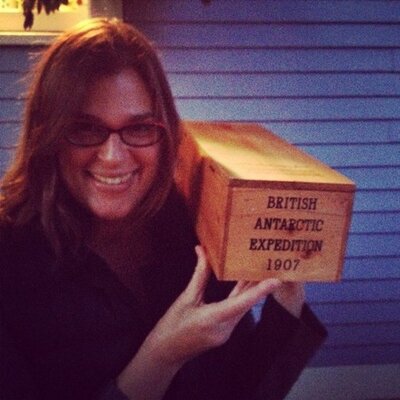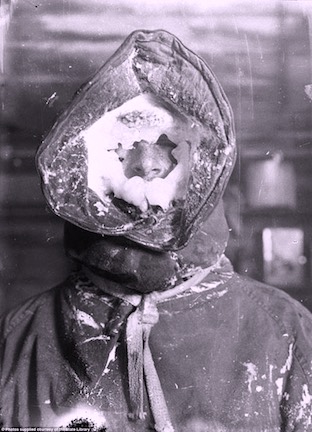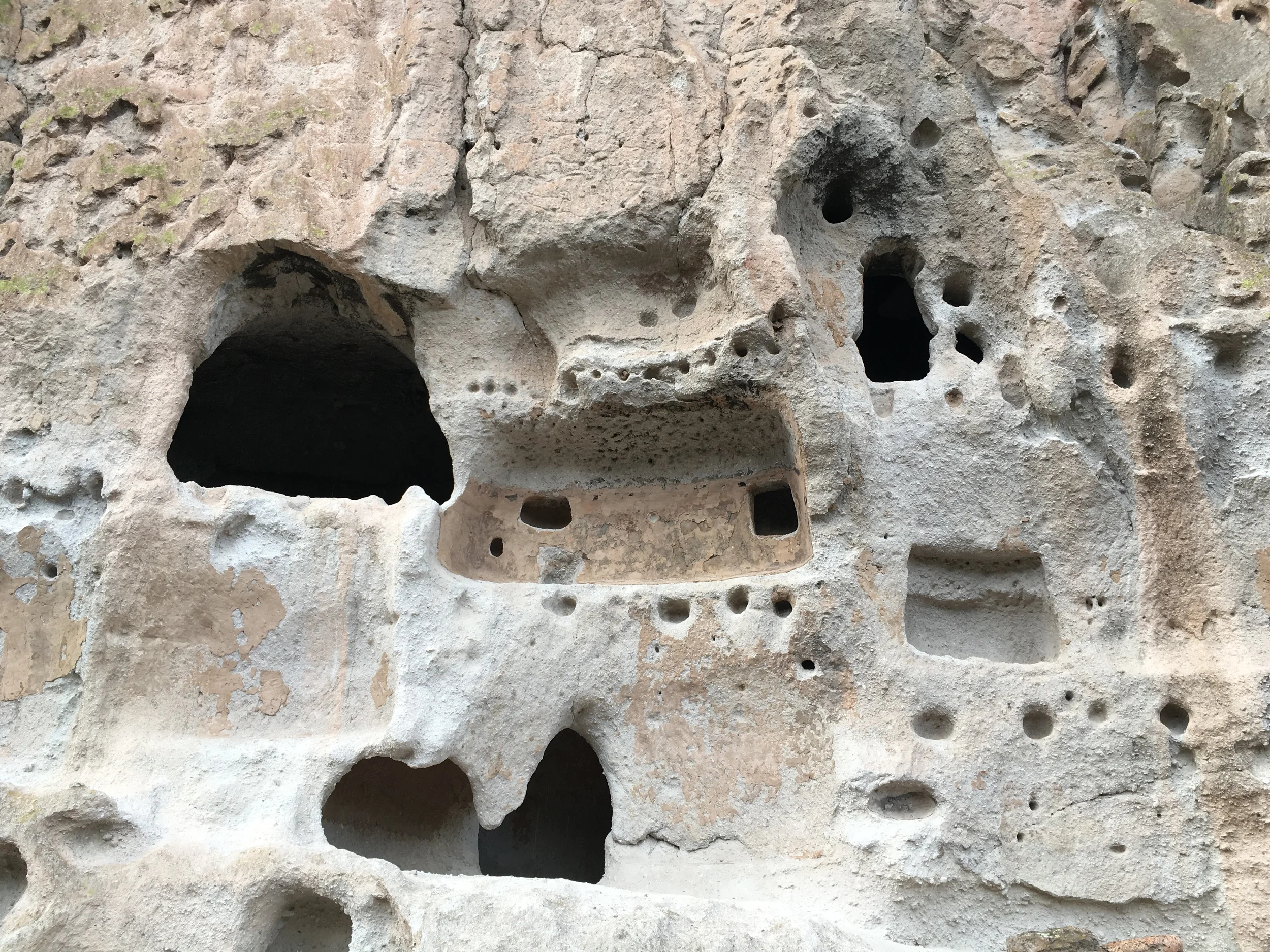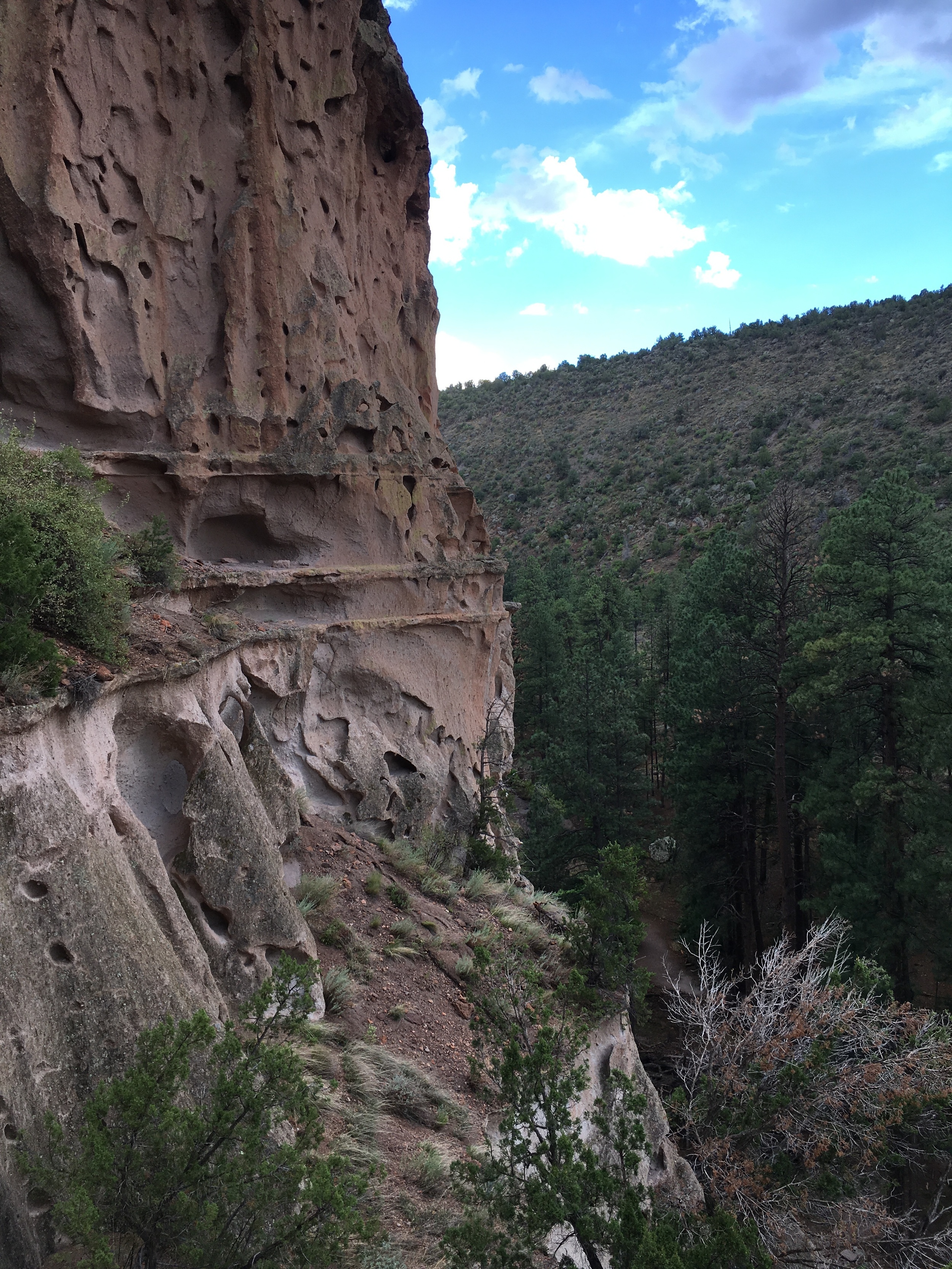Cliff Dwelling
Bandelier National Monument
I don't have an original or especially personal vocabulary to talk about spirits or the sacred. We spent yesterday in communion thrice over with communities of the dead, in different forms and expressions, and here I am grasping for the forms and expressions adequate even to name them. A midday encounter with Vietnamese paper votives at the Museum of International Folk Art in Santa Fe gives fugitive shape to my thoughts. Tacked to the wall in the "Sacred Realm" exhibition was a flat paper simulacrum of a man's business suit, including undershirt and drawers. "Everyday objects and luxury goods made of paper are burned on special occasions, usually marking a death anniversary," I read. In a case to the right, a flash of gold: a gold foil baby's bottle, tipped with a golden nipple, a silver paper spoon, a paper can of A+ Enfamil formula: "For the spirit of a deceased infant, Kihn culture, 2015, Hanoi." How fared the baby's spirit, now that the paper votive was preserved in the sere heights of New Mexico, airless and still, untouched by flame?
"Man's ensemble (undergarments included)"
"Baby formula, spoon, and bottle for the spirit of a deceased infant"
We had come to Santa Fe's famous Museum Hill from a morning spent at the relatively obscure La Cieneguilla Petroglyph Site outside of the city, rising above the ancient El Camino Real de Tierra Adentro. The hundreds of petroglyphs in the basalt cliff were made by Puebloan people between the 13th and 17th centuries. A sign at the entrance to the trail banned camping and guns but permitted kokopelli activities.
The proscriptions against making rubbings of petroglyphs were not in place during my childhood motorhome travels, and I remember my resourceful and artistic mom shaving a pencil and taking impressions of images at Petroglyph National Monument. She later made a batik t-shirt of the images (exemplary 70s mom!), or she planned to do so, or I bought one for sale somewhere, I don't recall; either way I had a brown t-shirt with a golden impression of a large mammal that I wore well beyond its decent sizing. My daughter yesterday took her sketchbook and made only images of the petroglyphs to which she was drawn, labeling them emphatically. She sat in concentration in the sun while her parents took iPhone photos of the superb density of images. We felt rage at the few thin scratchings of recent visitors who had attempted to indite their initials in the basalt. I imagined that the skull head and the razor mouth and the Cthulhu-head-looking petroglyphs would conspire to burn off the initials of "R.L.," like the power of the Ark of the Covenant did to the Nazi swastikas on the crate in Raiders of the Lost Ark. But that is my version of a kind of sentimental, romantic racism talking, I guess, and another reason I don't have the language to talk about spiritualism. Either way it was a desecration.
J and I think often and with great agitation about preservation: historic preservation, ecological preservation, institutional preservation, textual and artistic preservation. Standing on the edge of the mesa, on an unmonitored trail, I did not feel anxious about the exposure of the petroglyphs in and of themselves, however: they were in and of their place, as a hack nature writer might say. I worried only, as I do about every other form of preservation on the list just above, about what people will do. People are terrible, and I'm not exempt—it's probable that at some point I inadvertently brushed a glyph with my hand in steadying myself or my kid on the narrow trail along the rock face, performing infinitesimal and still undeniable damage to the art. (And I haven't even mentioned yet the horrible older couple who gleefully violated all Bandelier rules and went into off-limits cliff dwellings to get out of the rain.)
At the Cieneguilla petroglyphs I was having strong sense memories of the smell of trails from hikes in my childhood southwestern travels. It wasn't sage, on this occasion. J couldn't quite identify the small trees--he's an east coast gardener. As we walked I had the Elvis Costello song "The World and His Wife" in my head:
The kissing cousins slip outside to cuddle and confess
She says sweet nothing at all it's much more of a mess
The conversation melts like chocolate down their open jaws
As the juniper berry slips down just like last night's drawers
…they were juniper bushes. Thanks, Elvis-saturated, gin-soaked unconscious. It was time for hydration.
Our folk museum interval was remarkable not just for the paper votives, but for the outsider dizziness of the Girard Collection, a vast room of 10,000 objects arranged in obsessive curatorial tableaux. Its terrain was the categorical obverse of the vast ringed horizons through which we had been driving, the empty Big West prospects: the Girard Collection permitted no open space, massing its contents in terraces, levels, jewelboxes, interlocked frames, proscenia. I didn't know that my ranging eye needed an hour of manic focus.
On to Bandelier—did we really do this all in one day? This is a national park I had never visited before, and had never heard of, and I was therefore surprised when it was one of the first spots recommended to me by many people when I mentioned that I was traveling to the southwest with my family. Cliff dwellings, was all they needed to say. That incantatory phrase orients my most powerful memories of childhood travel: Canyon de Chelly, Chaco Canyon, Mesa Verde. When you are a small person raised in dense suburbs you thrill to the idea a snug retreat, scarcely discernible amid the pitted volcanic tuff that forms the cliffs, accessible only by ladder. Or maybe this appeal comes from spending claustrophobic summers in an RV with your parents and younger brother. The narrative of vague vanishing perpetrated on me—or accepted by me—in the late 70s and early 80s is no longer the story of the Puebloan people told at the parks where cliff dwellings can be found, we are finding. I am learning for the first time in any detail of the Pueblo Revolt or Popé's Rebellion of 1680, in which the Puebloan people of Taos and Santa Fe and the surrounding pueblos overthrew and expelled the Spanish occupiers. This is a story to pass on.
Every day we have skated through cells of thunderstorms. As we walked through Bandelier's canyon (still heavy with the detritus of recent flash floods) as another gathered, it was sublime to imagine that we might have to shelter in one of the cliff dwellings open to public entry. I did take shelter in a tiny accessible room, as it happened, and watched the rain fall on the remnants of the walls of the Tyuonyi pueblo, which had stood on the canyon floor below the canyon houses. There I tried to "Be Here Now," even as I nursed some distracting fury at a couple who had taken shelter in a dwelling that was emphatically OFF LIMITS to all entry, and then had joked about it to us. It was a tonic to speculate with my girl that the animal I had seen high in the cliffs was a hybrid lemur-kitty-squirrel, as it had the face of a kitten and the tail of a squirrel with lemur coloring (and a touch of lemur around the eyes and ears, too). If the park could feature a creature called, officially, a "Pleasing Fungus Beetle" there is no reason why "Lemur-Kitty-Squirrel" is unimaginable.
Toward the end of a line of cliff dwellings a series of petroglyphs became visible, including one of a macaw, which indicates that the Puebloans had been trading with Mesoamericans. Then a flash of red in the sandy tuff: a rectangular abstract design, seemingly of a different hand and mode than the surrounding work, made with paint instead of carved from the tuff or shaped from adobe. It had been uncovered during archaeological work, we read, and was now under glass to protect it. It was the only element so protected we had seen in Cieneguilla or Bandelier.
Tomorrow we visit Taos Pueblo, 1000 years old.














































